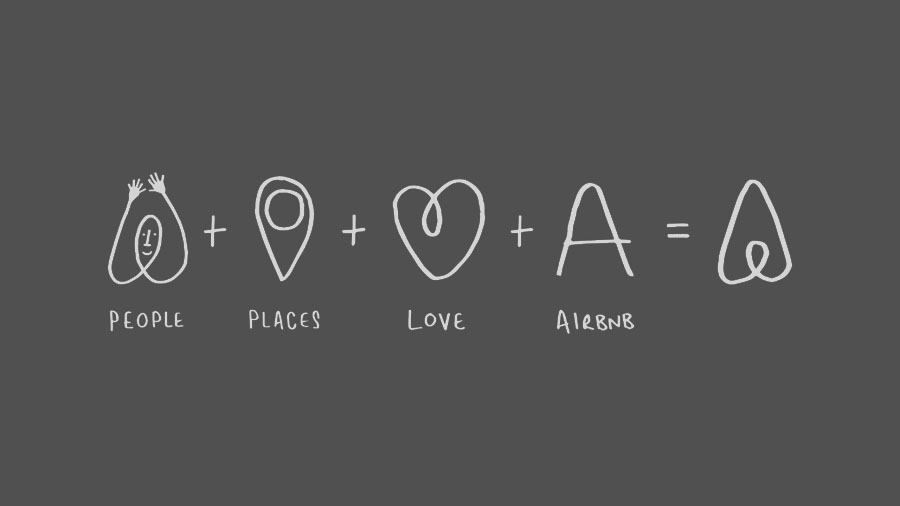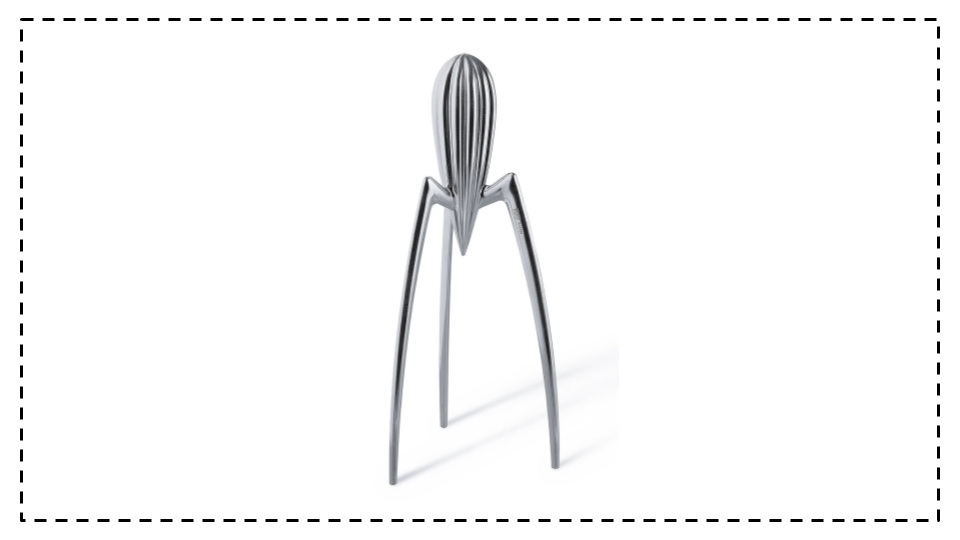Creative people are often seen as a rarity: smart, curious, and able to look at the world with fresh eyes. A common misconception is that creativity cannot be cultivated, and that instead some lucky people have an innate sense of creativity. But this assumption is wrong. According to classical psychology research, there are three main types of creativity: exploratory, transformational, and combinational creativity.
While we often force ourselves to use exploratory creativity—generating new ideas within a given space—or transformational creativity—ignoring fundamental rules to come up with potentially impossible but highly creative ideas—the reality is that most new ideas come from combinational creativity.
True originality does not exist
In the words of William Inge, and English author: “Originality is undetected plagiarism.” All apparent disruptors actually draw inspiration from others.
But because true originality is seen as the pinnacle of creativity, many people make the mistake of artificially striving for unique, never-heard-of-before ideas. As a result, they get stuck, feel inadequate or incompetent, and give up. The good news is: originality is overrated. Instead, combinational creativity is the way to go.

Combinational creativity is the process of combining old ideas to come up with something new. Of course it’s exciting to believe that we’re able to come up with unique concepts out of thin air, but the most celebrated creators, such as artists, scientists, inventors, or writers, are also strong advocates for exploring as many old ideas as possible in order to create your own.
“Substantially all ideas are second-hand, consciously and unconsciously drawn from a million outside sources, and daily use by the garnerer with a pride and satisfaction born of the superstition that he originated them.”
Mark Twain, Writer & Entrepreneur.
The latest advances in neuroscience seem to corroborate the idea of combinational creativity. “When an idea is served up from behind the scenes, the neural circuitry has been working on the problems for hours or days or years, consolidating information and trying out new combinations. But you merely take credit without further wonderment at the vast, hidden political machinery behind the scenes,” explains Dr David Eagleman, a leading neuroscientist, in his book Incognito: The Secret Lives of The Brain.
The three types of combinational creativity
This interesting paper by researchers at Imperial College London outlines three main types of combinational creativity, alongside practical examples for each type. They reviewed hundreds of practical products selected from winners of international design competitions.
- Problem-driven. Let’s say there is a gap between a problem and the current solution. In combinational creativity, a problem-driven approach would consist in trying to bridge that gap by combining old ideas. These old ideas may offer an incomplete solution on their own but, once combined, prove to be a powerful solution. In the paper, scientists give the example of “combining a socket (the object) and an umbrella (the problem-solving idea) to produce a rainproof socket (the target).”
- Similarity-driven. Some concepts are naturally associated inside our mind because they share similar functions, designs, and purposes. For example, a cup may make you think about a glass, a spoon about a fork, etc. While these associations are common, they can still bring novel ideas to life. The “spork”—a mix of spoon and fork, is a great example of similarity-driven combinational creativity.
- Inspiration-driven. This form of combinational creativity occurs when our mind connects two seemingly unrelated ideas to form a new one. For example, the “Juicy Salif” product below was designed by Philippe Starck by combining the idea of a lemon squeezer and a dish of squids he ordered at a waterfront restaurant. Seemingly random and unique, but still an example of combinational creativity.

What’s interesting is that most ideas coming out of a combinational process will seem original at first, when in truth they are really just composite ideas coming from the amalgamation of old ideas. The inspiration-driven approach in particular—which will give rise to the most original ideas, at least in appearance—can lead to surprising but sometimes impractical results.
As there is a scientific approach to creativity, everyone can be “original”. If you’re interested in practical ways to brainstorm new ideas that are based on neuroscience, read my article about brainstorming.
“Ideas rose in crowds; I felt them collide until pairs interlocked, so to speak, making a stable combination.”
Henri Poincaré, Mathematician.
